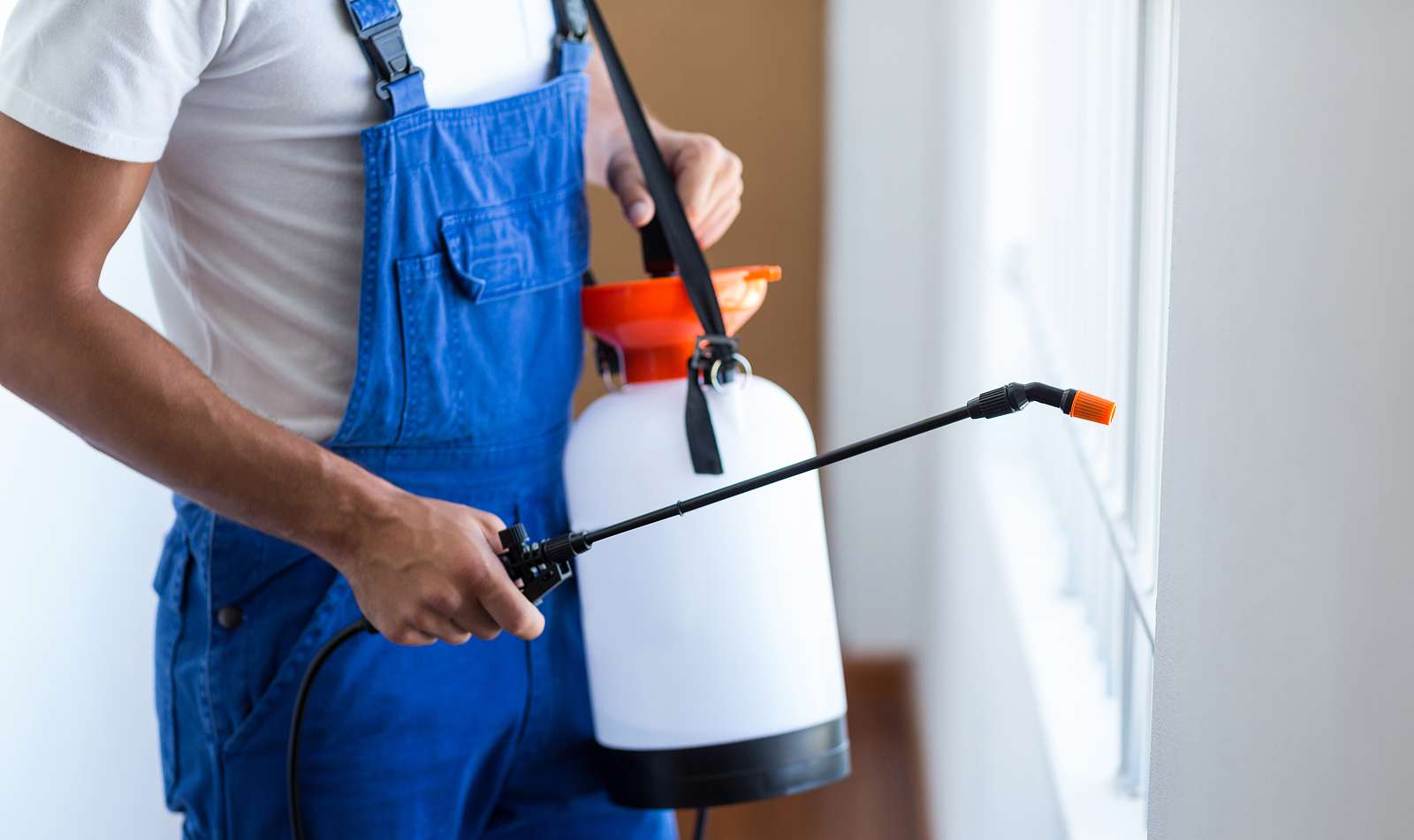Exterminator DC: Your Option for Pest-Free Staying In Washington DC!
Exterminator DC: Your Option for Pest-Free Staying In Washington DC!
Blog Article
Professional Bug Control Techniques for Long-Term Results
In the realm of parasite control, accomplishing sustained effectiveness and long-term outcomes needs a precise approach that goes beyond plain extermination. Professional pest control techniques encapsulate a comprehensive technique that starts with a thorough examination and assessment, followed by precise parasite identification to comprehend their behavior patterns. The application of Integrated Pest Monitoring (IPM) principles, paired with eco-conscious treatments, creates the foundation of lasting insect elimination. However, truth test hinges on the continuous monitoring and upkeep of the dealt with areas, guaranteeing a pest-free environment for the foreseeable future. By delving into the complexities of these strategies, a much deeper understanding of expert bug control approaches for withstanding outcomes emerges.
Inspection and Assessment
Upon going into a residential property for pest control services, the first step is a detailed inspection and analysis to determine the extent of the invasion and determine the most effective treatment strategy. Specialist parasite control professionals are trained to thoroughly examine the facilities, looking for indications of parasite activity such as droppings, chomp marks, nests, or any kind of structural damage. They will likewise evaluate the problems that may be bring in parasites, such as food sources, water leaks, or entrance factors.

Bug Recognition and Behavior

Moreover, recognizing the habits of the determined bug is essential to carrying out effective control measures. Recognizing where bugs nest, what they feed on, and their activity patterns can aid pest control professionals design methods to eradicate them effectively.
Integrated Insect Monitoring (IPM)
Integrated Bug Management (IPM) approaches integrate several methods to control and prevent insect invasions in a lasting and eco-friendly manner. bed bug treatment. By incorporating methods such as biological control, environment control, modification of social methods, and the use of resistant selections, IPM intends to reduce making use of chemical pesticides
Among the key concepts of IPM is the focus on prevention. This positive strategy involves tracking parasite populations consistently to spot any type of prospective concerns prior to they rise. By identifying insect issues beforehand, pest control measures can be executed quickly and properly.
Furthermore, IPM promotes using non-toxic parasite control methods whenever feasible. This can include using all-natural predators of the pests, introducing valuable pests, or using pheromones to interrupt mating patterns. By decreasing dependence on chemical pesticides, IPM not just secures the setting yet also helps maintain a balance in the ecological community.
Environmentally-Friendly Treatments
Applying eco-conscious techniques in parasite control procedures can properly deal with infestations while focusing on ecological sustainability. Environmentally-friendly therapies concentrate on lessening the influence of pest control methods on ecological communities, non-target microorganisms, safe termite treatment and human health and wellness. These techniques usually involve the use of all-natural predators, such as ladybugs or nematodes, to control pest populations, decreasing the need for chemical interventions. Additionally, methods like environment adjustment, such as adjusting wetness pest protection services degrees or getting rid of food resources, can aid prevent bugs without using hazardous substances.
An additional trick element of environmentally-friendly treatments is the usage of natural and naturally degradable items that break down rapidly without leaving harmful deposits in the setting. Organic insecticides originated from plants like chrysanthemums or neem offer reliable bug control while posturing marginal threat to non-target types. Using methods like warm therapies or pheromone traps can target certain insects with accuracy, reducing the general environmental effect of bug control practices.
Ongoing Tracking and Upkeep
Regular surveillance and upkeep are vital elements of efficient bug control monitoring. Recurring surveillance plays an essential role in guaranteeing that insect invasions are discovered very early and taken care of without delay. Normal examinations by skilled specialists are needed to determine any kind of indications of bug task, assess the effectiveness of previous therapies, and make changes to the parasite control plan as required. By keeping an eye on pest populations with time, parasite control experts can track trends, anticipate potential issues, and apply safety nets to decrease the risk of future invasions.
In addition to monitoring, upkeep practices are crucial for long-lasting bug control success. This includes applying proper sanitation actions to remove prospective food and water resources for insects, sealing access indicate protect against insects from getting in the premises, and attending to any structural concerns that could assist in insect invasions (pest control). By integrating ongoing tracking and maintenance right into an incorporated insect monitoring strategy, companies can make sure a pest-free setting and safeguard their residential property against expensive damages and wellness threats
Conclusion
Finally, using specialist bug control strategies such as thorough evaluation and analysis, precise pest identification and understanding of their actions, integrated bug monitoring approaches, environmentally-friendly therapies, and recurring surveillance and maintenance are vital for achieving long-lasting outcomes in pest control. By implementing these methods, people can effectively manage bug invasions and preserve a pest-free atmosphere in a contractors termite sustainable way.
Report this page